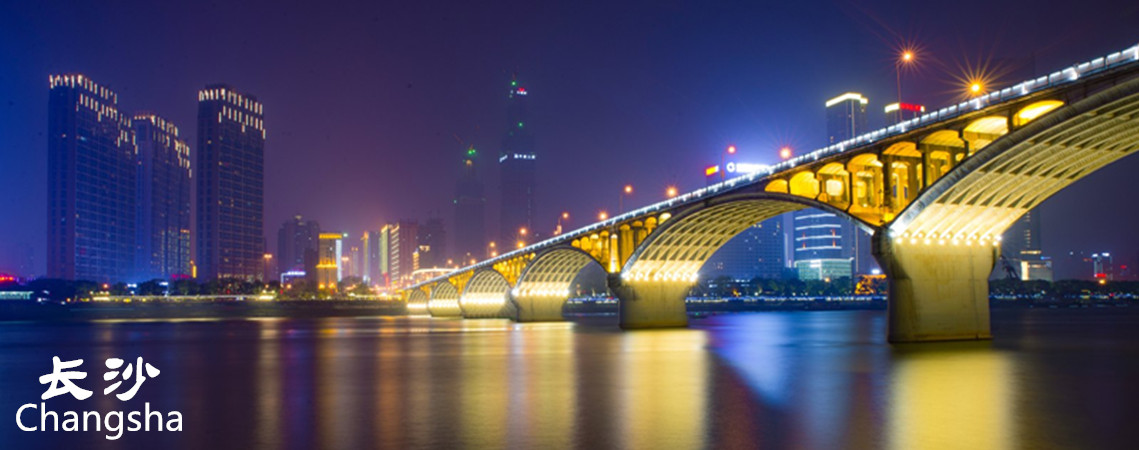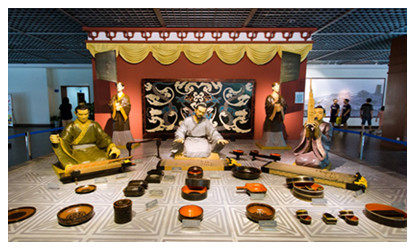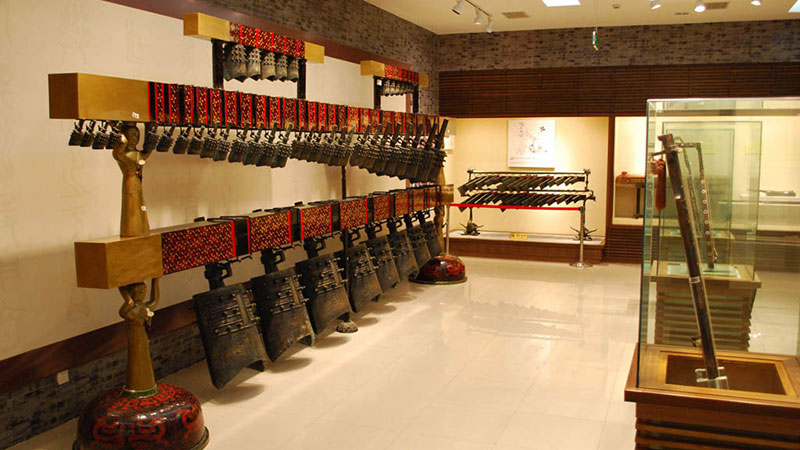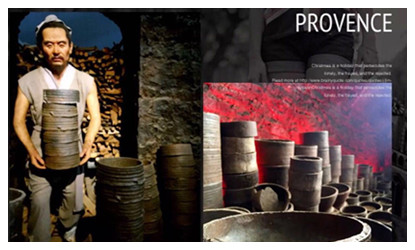
History of Changsha City
After the founding of the People’s Republic of China, Since the 1970s, a large number of historical relics have been unearthed in the city, of which the West Han Tomb excavated in Mawangdui and the Inscribed Bamboo Slips of Sun Wu from the Three Kingdoms Period uncovered in Zoumalou have shocked the world.
 |
 |
 |
| Changsha Bamboo Slips Museum | Mawangdui Han Dynasty Tomb |
Tongguan Kiln of Changsha |
Tomb relics from the primitive periods witnessing the earliest human activities have been discovered in this region. During the Spring and Autumn Period (770 B.C. - 476 B.C.), the area developed into an important town within the State of Chu, (one of the seven warring states that existed before China's unification by Emperor Qin). After Emperor Qin (the first feudal emperor in China's history) unified the country, the town was set up as a county and later became the capital city of a state in the early Han Dynasty (206 B.C. - 220). The tomb excavation site of Mawangdui found in the eastern suburb of the city is a family graveyard from that period. The most fantastic historical relic should be the well-preserved mummified remains of a Western Han Dynasty woman excavated from the tombs. Some of thousands of relics unearthed include silk products, paintings, lacquer works, potteries, bamboo slips used for writing, weapons and herbs, all of which are exhibited in Hunan Provincial Museum.
In the dynasties that followed, the city experienced several expansions and during Qing Dynasty (1644-1911), it has developed into the political, economic and cultural center of Hunan Province.
Changsha is a “holy and revolutionary city” giving birth to a multitude of heroes. Changsha has a glorious tradition in revolution and is known as "the cradle of revolution" in China. In the modern Chinese history that featured big turmoil, talented people came forth in large numbers in Changsha. Such pioneers of the Revolution of 1911 as Huang Xing and Cai E, have all left their footprints of struggle in the City which also gave birth to a large number of proletarian revolutionaries and outstanding leaders shining in the annals of China, including Mao Zedong and Liu Shaoqi. All this has made the city one of the birthplaces of China's revolution.






 Ask Questions ?
Ask Questions ?